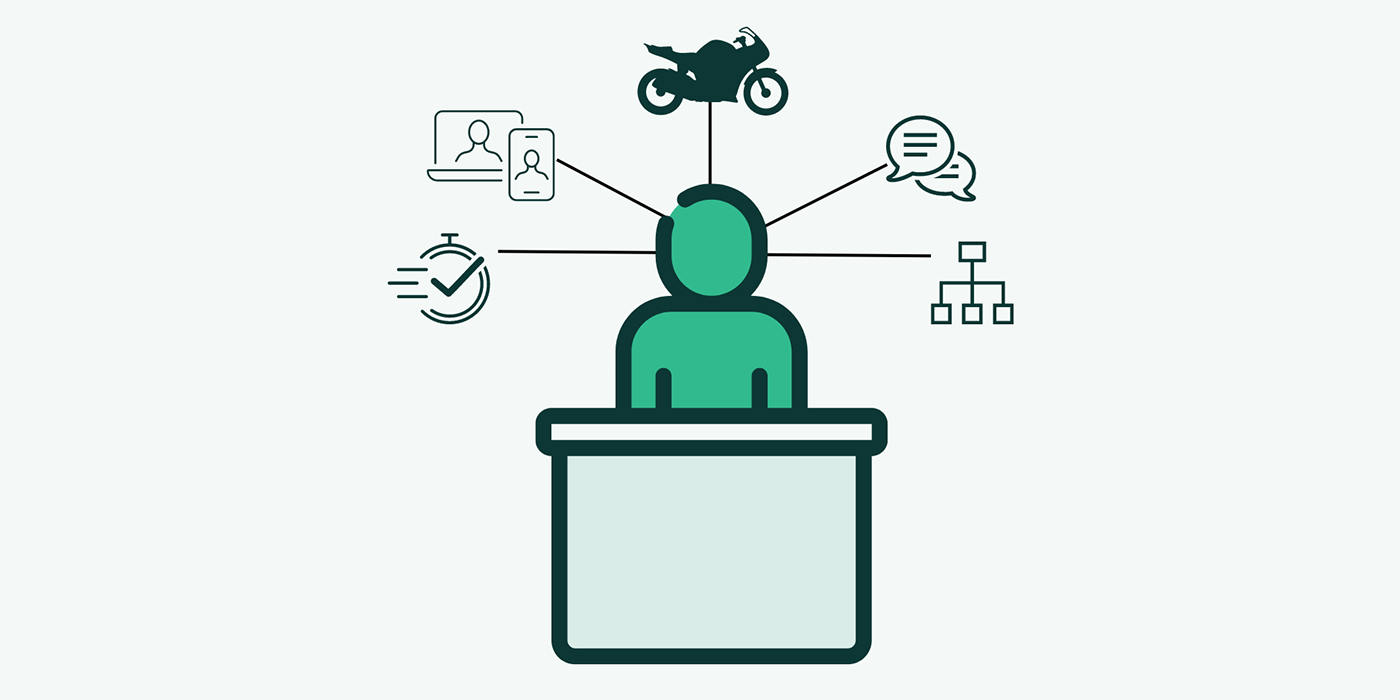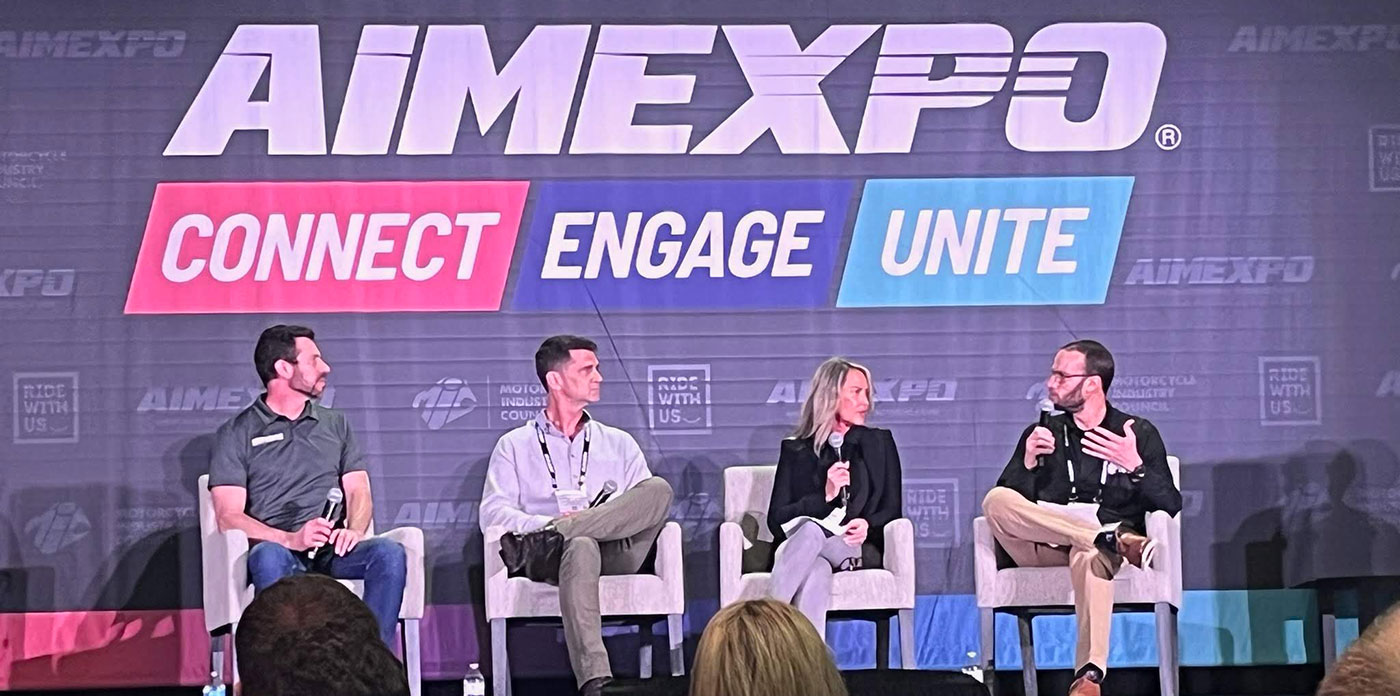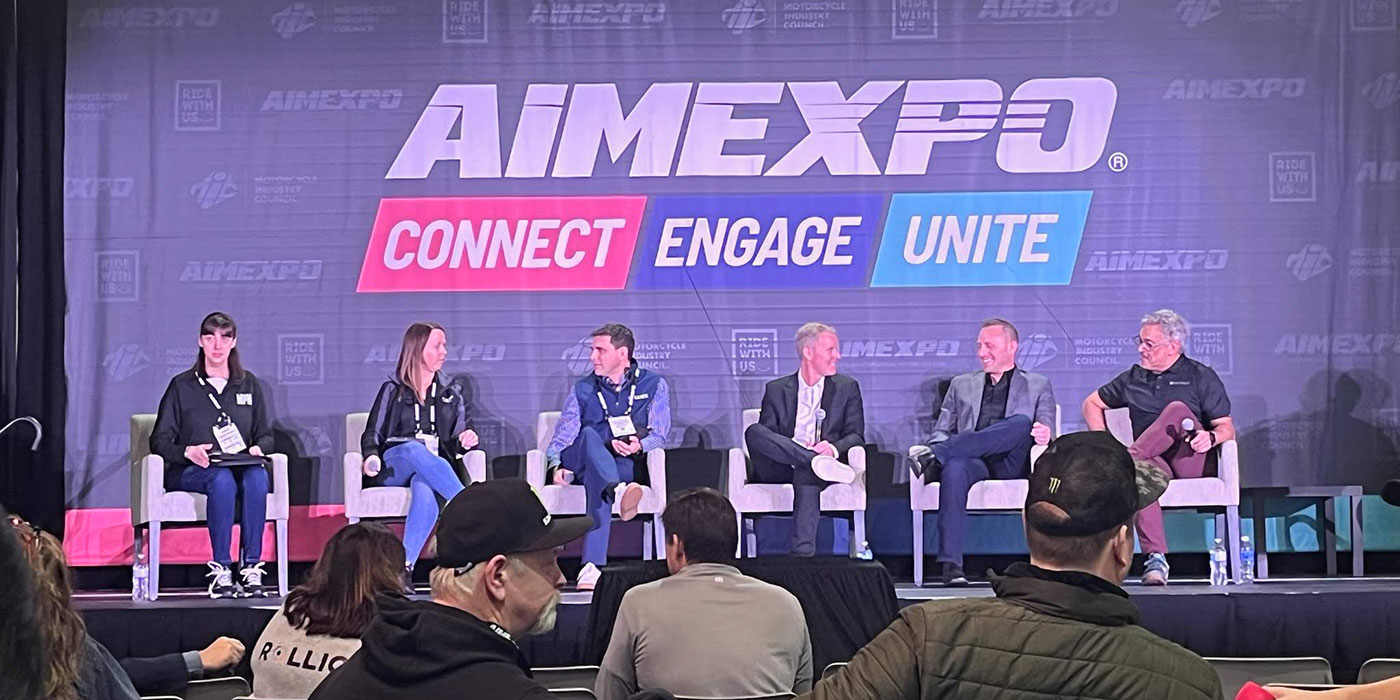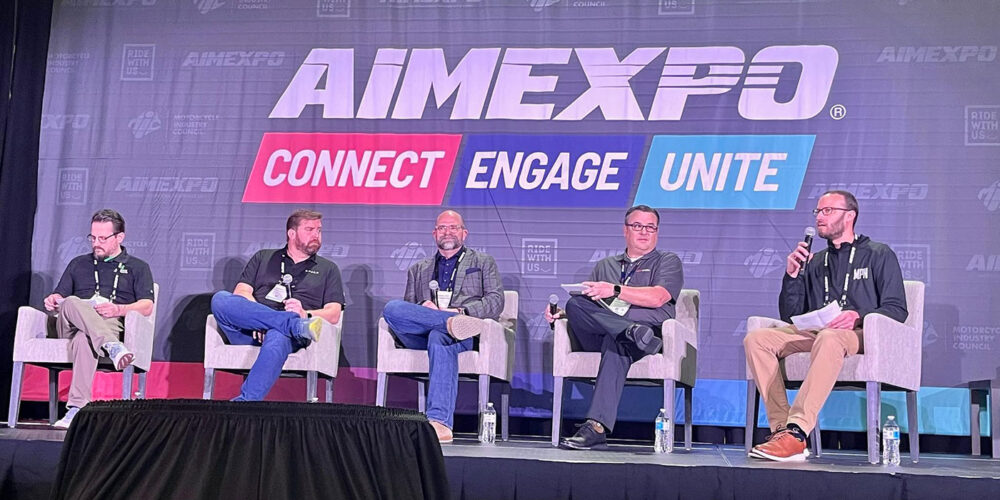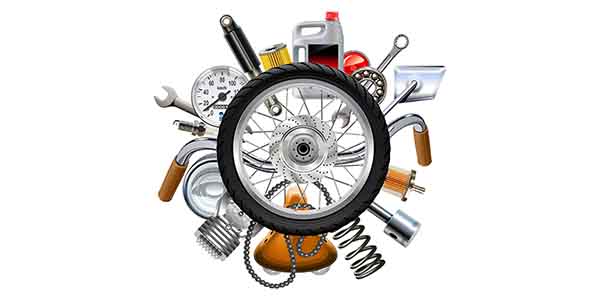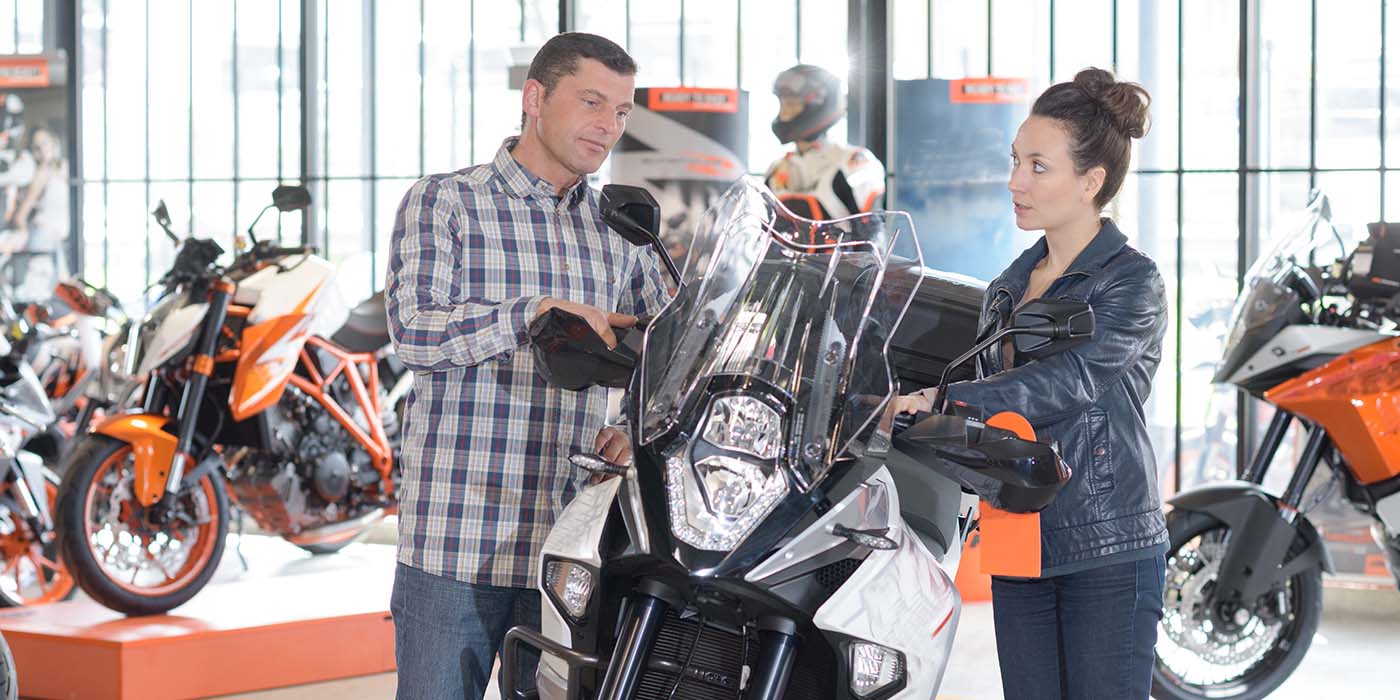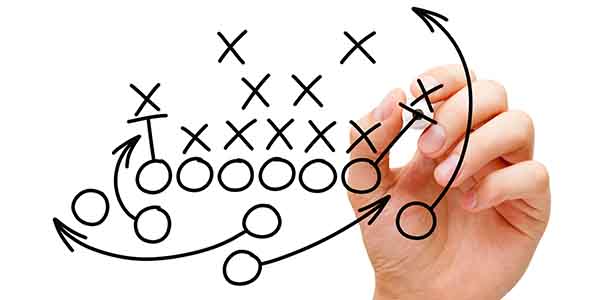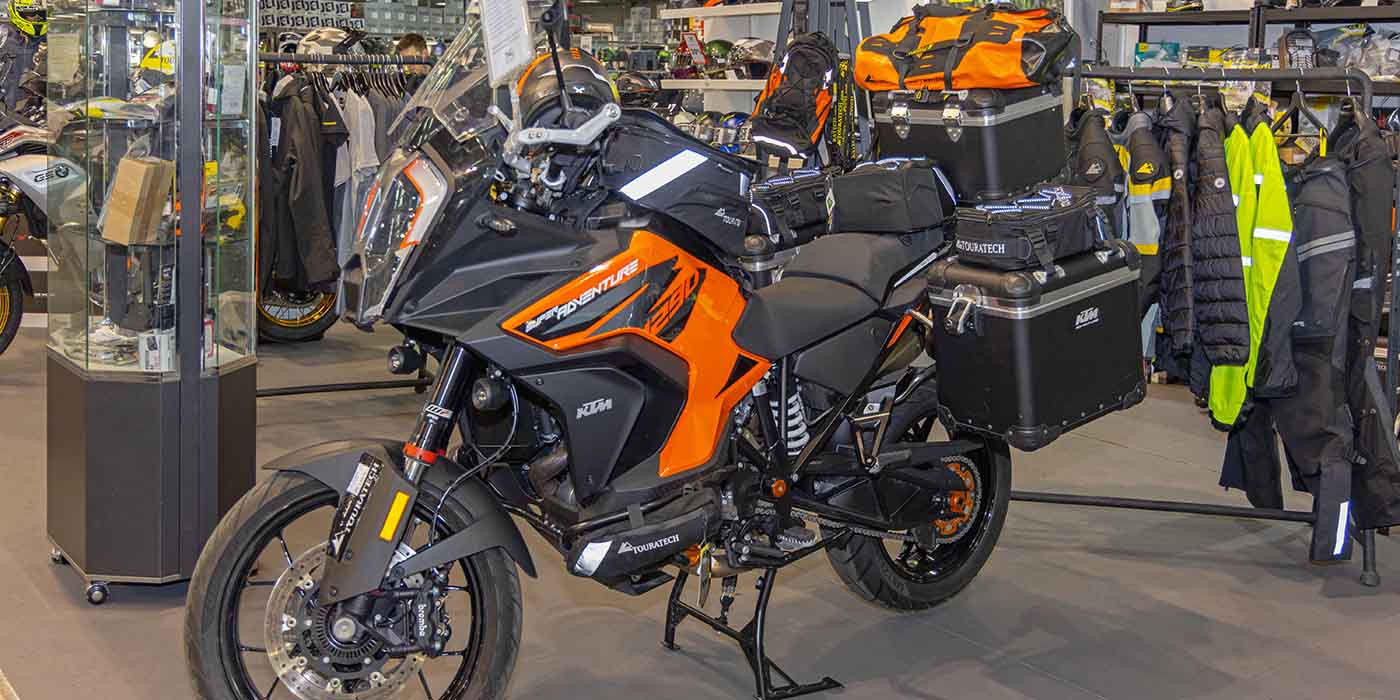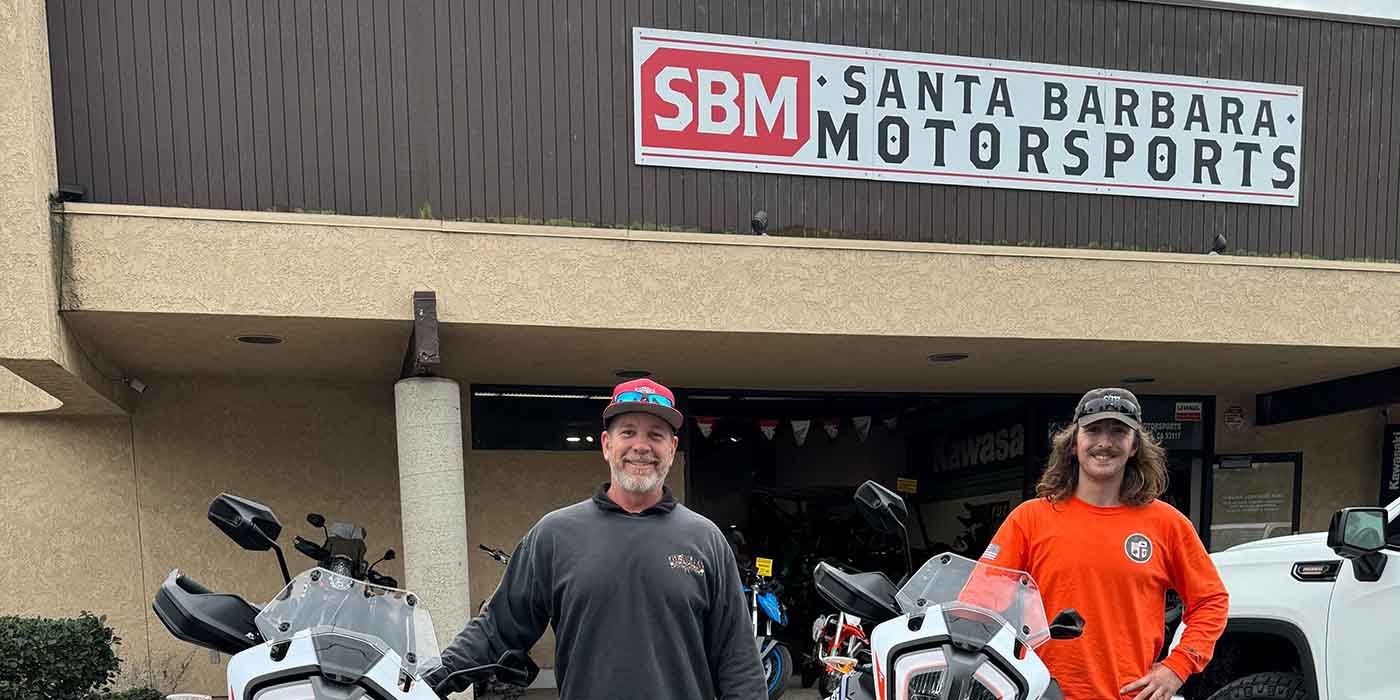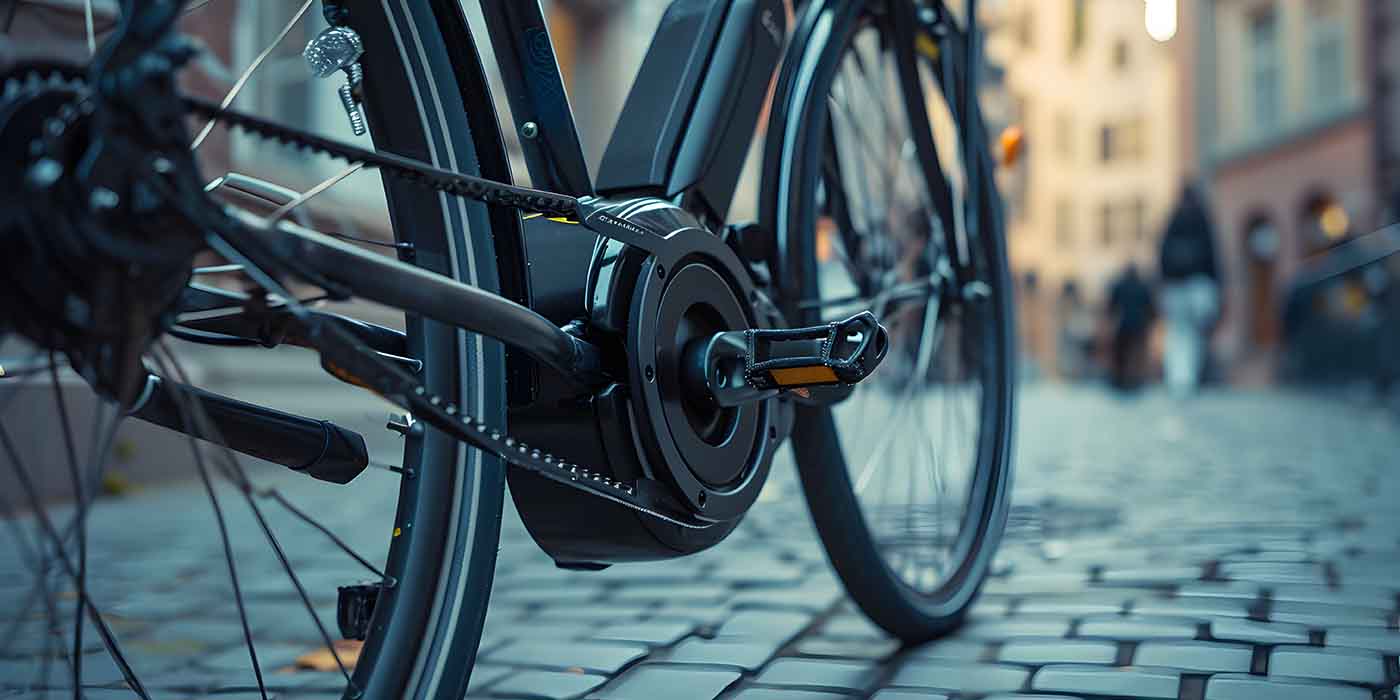As any experienced finance manager knows, there are three distinct ways that information can be presented to a customer: through hearing (auditory), seeing (visual) or touching (kinesthetic). Each kind of presentation has a different success rate dependent on the individual customer and what he or she responds to best. Knowing and understanding how you can use all three of these different communication styles during your sales presentation will make you even more successful.
Auditory
With any good sales presentation, you want to start out with an auditory presentation. Knowing the products you sell and being able to tell the customer how your offerings will improve their life is key. Customers do not buy what the product does; they buy what the product will do for them. This is where you need to focus your product explanation.
Here is one example:
“Our warranty will cover the cost of any mechanical failure to the engine, transmission, rear-end or steering, should it break down.”
Compare that to this:
“If your bike breaks down, it will be fixed at no cost to you.”
Notice that in the first example, it is “our” warranty, and in the second, it is “your” warranty. Also, the first example talks about what the coverage does and, in the second, what the coverage does for the customer. This is a subtle but important difference.
Let’s try another example:
“Tire and wheel coverage will pay for a tire and rim if the tires are damaged and will not hold air. It will also pay for a tow if it is needed.”
Or:
“If you are riding down the road and pick up a nail in your tire, you call the 800-number. They will come get you and bring you to the closest repair shop. You will then have your tire and/or rim replaced, and they will get you back on the road with no money out of your pocket.”
Again, notice how each example gives almost the same information, just in a different way. In the second example, you can actually see yourself riding down the road and getting a flat. This appeals to the customer’s emotional side and helps them better understand how it will benefit them.
Visual
One of the easiest ways to incorporate visual evidence into your presentation is through an evidence manual. An evidence manual is a binder where you keep examples of customers who have taken advantage of the items you offer. It should include:
- Service tickets that were paid by your maintenance program
- Warranty claims that were paid
- Sample gap claims
- Examples of where your theft program has paid out
- Tire and wheel bills that were paid by the program
- Anything else you might want to have handy to show a customer
Kinesthetic
Including evidence the customer can touch can be a lot of fun. As I travel to dealerships all over the country, I see many good examples of kinesthetic evidence. It can be as simple as a piston with a valve shoved through it being used as a penholder.
Other things I have seen include:
- A bent rim in the corner of the office
- A section of tire with a strange metal object shoved through it
- A collection of screws in a glass jar being used as a paperweight
- An ECU in your desk drawer that you can pull out at the right moment
- A key or tag from a bike you totaled hanging on the wall
A story is always most compelling when it is accompanied by a physical component.
The finance managers I know who have fully embraced all three of these communication methods have excelled at their jobs and in life. Effectively and persuasively communicating ideas does not stop when you step out of your finance office.
Steve Dodds II is a moderator, trainer and consultant for Gart Sutton and Associates.
Beginning in 2014, GSA will be offering two levels of Finance Department Workshops.
The first quarter level 1 workshop dates are:
Jan. 27-29, 2014: F&I 101, Menlo Park, CA
Feb. 10-12, 2014: F&I 101, Denver, CO
Mar. 3-5, 2014: F&I 101, Newark, NJ
Level 2 workshops will be announced soon.
Keep an eye on www.gartsutton.com for upcoming dates.

